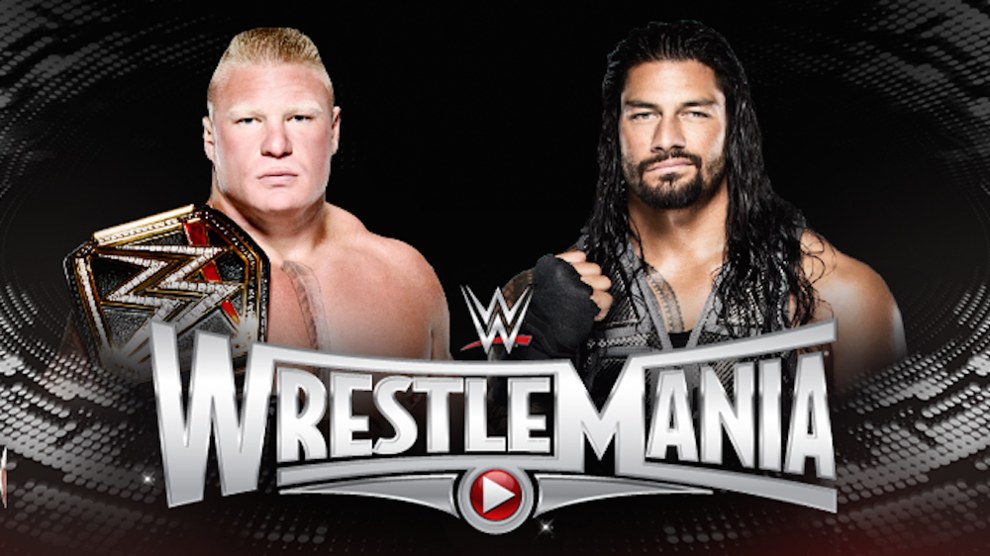

Also the first to be a paid-for product, all real-life names and likenesses were replaced with pseudonyms, like the Pro Evolution Soccer series. This allowed the series to really expand and explore its potential, starting with Total Extreme Wrestling 2005, the first installment under the Grey Dog banner. "The timing was perfect as I had been working as an editor and the company I was employed by had literally just gone bust a few weeks earlier, so it was a case of the right opportunity at the right time." "There were a lot of fans talking about Extreme Warfare Revenge on their forums which got their attention, and as my games fit perfectly with their existing product line and branding they got in touch and asked me if I'd like to join," he explains. 400 Software, to turn the game into a full-time gig. Then he was scouted by Grey Dog Studio, at the time named. the wrestling industry is often very unpredictable, and programming all the ways it can disobey logic has been a constant concern.įrom 1995 to 2003, Ryland kept Extreme Warfare updated more-or-less by himself, keeping up with player queries and patching as needed while he worked a day job. The Extreme Warfare games felt purpose-made for the more discerning fan, and the fact they were free allowed them to spread far and wide. Players could soon work on the popularity of wrestlers, individual contract negotiations and feuds, and plan a calendar of different sized events to further emulate the differing capacities companies can operate in, all with the tongue-in-cheek humor of the industry and its audience. Gradually the series grew, developing a more comprehensive representation of the wrestling landscape and greater mechanical depth. At that point it was really just selecting match winners along with some accounting elements but, though it was basic, fans responded to this alternative take on what a wrestling game could be. Originally called Extreme Warfare, the game spread quickly among the forums and message boards of the mid-to-late-90s.


 0 kommentar(er)
0 kommentar(er)
